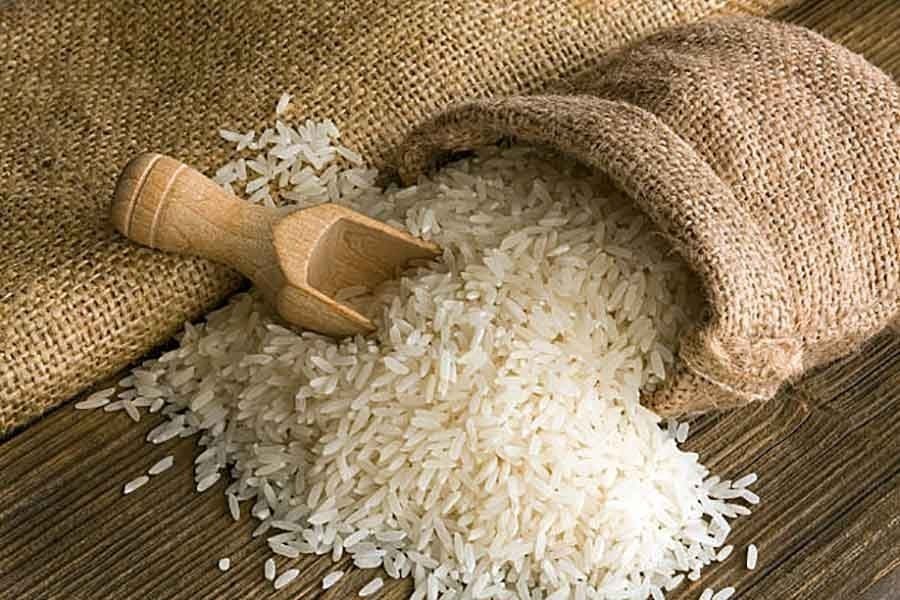Not even in the wildest imagination can one come closer to figuring out that the favourite variety of staple is not what everyone has known it to be. Now the agricultural scientists at the Bangladesh Rice Research Institute (BRRI) have revealed that there is no such rice like "miniket" and "Nazir Shail" in the market here. A feeling of deception and emptiness is sure to assail the consumers of these widely consumed parboiled varieties of rice. The feeling is somewhat akin to the discovery by either of a married couple after years of living together that the other one is an agent working for an inimical quarter. Of course there was a rumour among a select segment of the population that coarse rice was being polished at the time of husking in mills to give it a shape of costly fine types. But still people could not imagine the range and scope of the malpractice with the main food ingredient.
It is a shocking revelation that the entire lot of the fine types of rice -- no matter what juicy name those are given -- now supplied by millers to the market is a product of coarse hybrid varieties. Rice is husked up to 30 per cent in order to give it a look of the fine varieties of the misnomer like "miniket', "nazir shail", "katari" etcetera. That the scientists who have made it public now were unaware of the misdeed is impossible. The policymakers who are now in the midst of framing guidelines for husking limits and recommending punishment for violating those too had most likely been informed of the malpractice. This is unfortunate. In whose interest this vital information was suppressed? The millers have outgrown themselves to monstrous proportions and made cheating an integral part of business. No wonder, they dictate the terms when it comes to price of the staple.
Theirs is a double-edged sword that cuts in both ways. The broken pieces of rice obtained as a byproduct from the hybrid rice used for making fine rice, are reportedly sold even at higher prices to bakeries and factories which use those for producing biscuits, glutinous and waxy starch. Experts in the science of rice husking and nutritionists recommend that rice must not be husked beyond seven to 10 per cent. If done, rice loses its protein and other mineral contents. Naturally, agricultural scientists lament that the fruits of their advanced research that is zinc-, iron- and protein-enriched rice are made useless by dishonest millers who take advantage of people's preference for finer varieties of rice.
Evidently, the subject has been ignored for long. Now the authorities have started to think of remedying the ills. So, the number one suggestion is the fixation of the husking limit between seven and 10 per cent. The second is likely to be the printing or writing of the rice's name on the sack. Tinkering with these criteria will invite punishment for those involved. The BRRI is on record saying that it has not developed any rice called miniket or nazir shail. So once the legal provision is given effect, the wrong marking of rice sack with these two varieties will be liable to punishment. Consumers' rights are likely to be protected if the measure is enforced. Such fraudulent business with not only the staple but also any foodstuff should be brought to an end once and for all.


